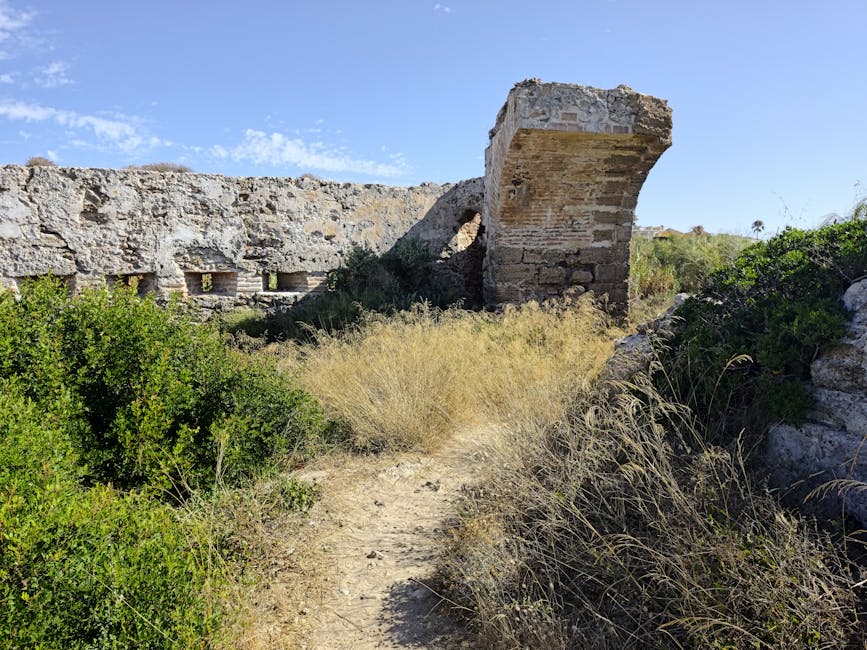
Exploring Rituals and Ancient Religious Practices
Introduction to Ancient Rituals
Throughout human history, ritualistic practices have played a vital role in religious and cultural expressions. These rituals often served to communicate with deities, mark important life events, or ensure harmony within communities. Exploring ancient rituals provides insight into how early societies understood the spiritual world.
Types of Ancient Religious Practices
Ancient religious practices varied widely across regions, from elaborate ceremonies to simple offerings. For example, Egyptian rituals often involved complex ceremonies honoring gods like Osiris and Isis, while Mayan and Aztec practices included human sacrifices and communal festivals. These practices reflected the values and cosmology of each culture.
Significance of Rituals in Society
Rituals served as a means to maintain social cohesion and establish a connection with the divine. They reinforced societal hierarchies and transmitted religious knowledge across generations. Studying the cultural impact of early rituals helps us appreciate how these practices influenced art, architecture, and social structures.
Legacy of Ancient Religious Practices Today
Many modern spiritual practices have roots in ancient rituals. Although the forms have evolved, the underlying principles often remain, such as the importance of community, symbolism, and spiritual connection. Understanding the legacy of ancient practices enriches our appreciation of contemporary spirituality.
